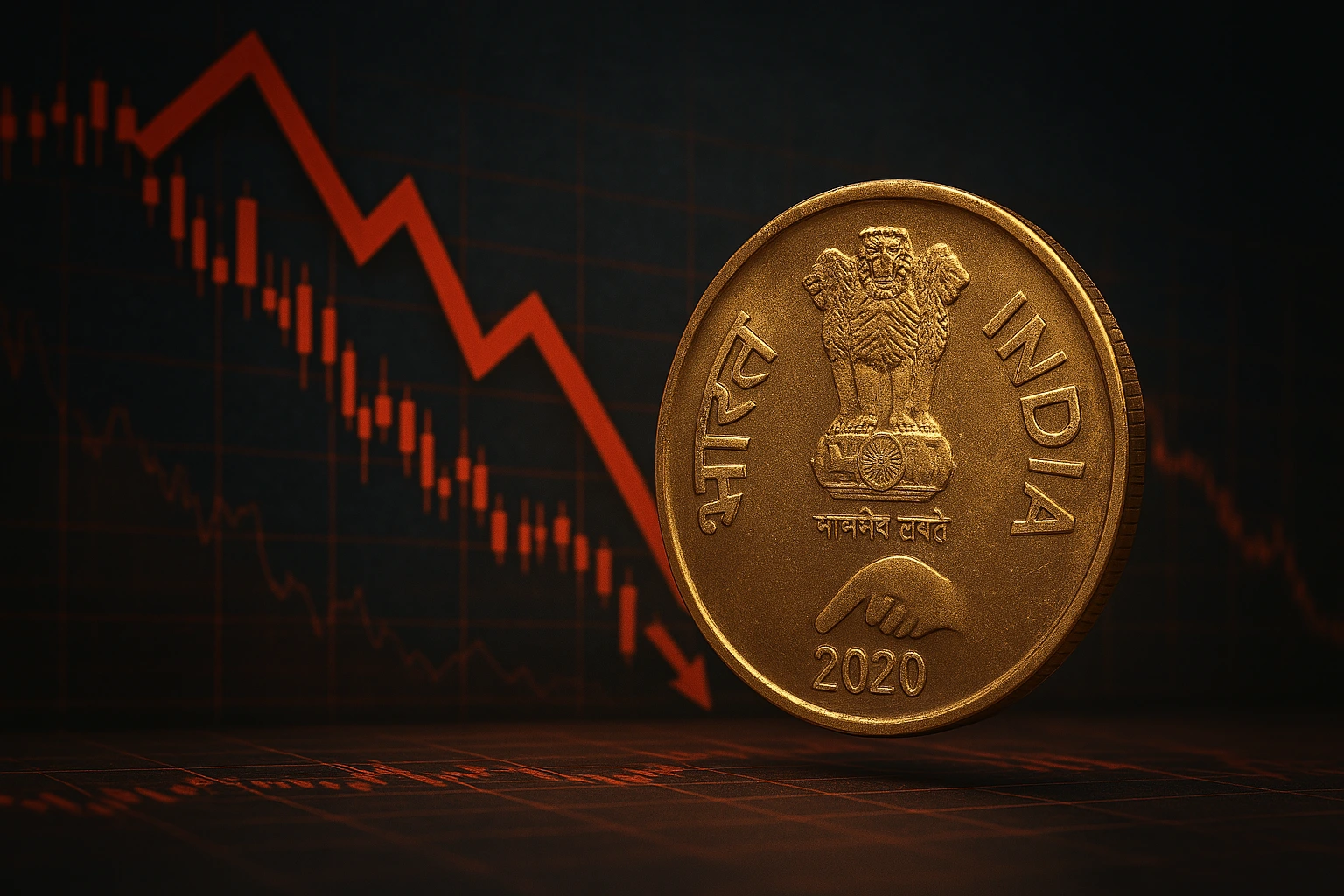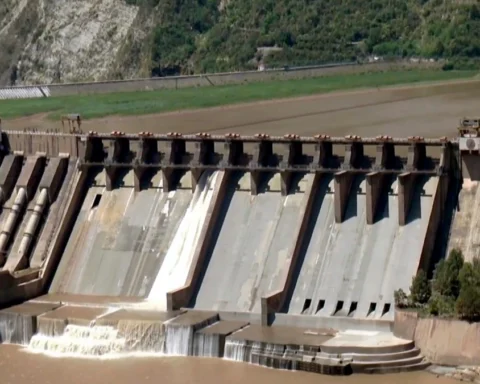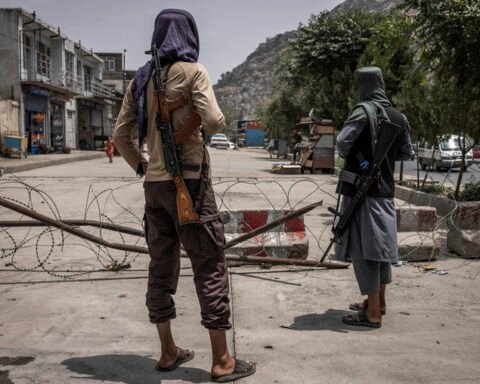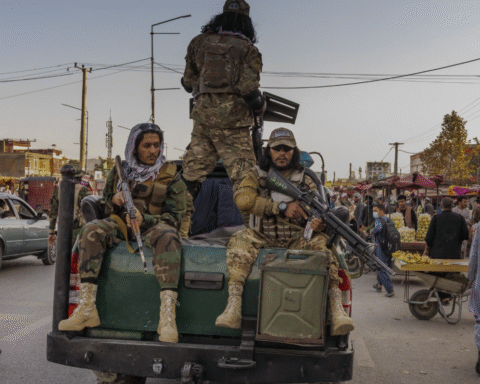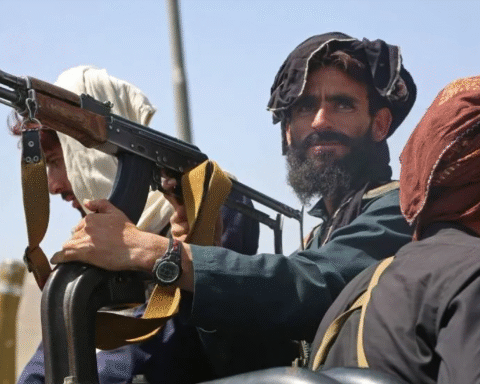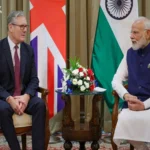The latest India military standoff versus Pakistan has been a financial disaster, and it has cost much more than what is being endorsed by hawks. Although political discourses in New Delhi stressed strategic superiority and muscular nationalism, the actual situation on the ground as well as in the markets is a punch to the gut. Restricted trade and the range of flights to a breakdown of investor confidence—the overall financial cost of the crisis is now over USD 83 billion, and according to many calculations, the actual cost is more like USD 103 billion. And these figures are not even including the crashed planes and damages inflicted to the investment image of India in the long run.
The first direct economic effect of the confrontation was the closing of the Pakistani airspace by its government, which caused more than 2,000 Indian commercial flights to be grounded. Airlines either switched tracks at tremendous expense or altogether abolished routes, leading to logistical disasters. Indian carriers alone lost more than USD 600 million directly due to the closure, and the government has been called to bail them out at a time when the aviation industry was already overwhelmed. In addition to direct losses, this interference revealed extensive weakness in Indian civil infrastructure that heavily relies on stability in the region.
Furthermore, the crisis even scared lacking investors, forcing capital to flee Indian markets. Within weeks, more than USD 20 billion worth of foreign portfolio investment was withdrawn, with international funds responding to the uncertainty of South Asian geopolitics. The Reserve Bank of India (RBI) was compelled to step in and rescue the position of rupee and saturate the draining cash markets. Although liquidity infusions and bond repurchases were considered emergency measures, the risk premium of India shot up out of control, and India lost much of its image as a secure place to invest in. In a country where being a major player in the global economy is eventually a goal, it was a severe condemnation of the crisis management skills in the country.
Trading, especially with Pakistan and regional partners, stalled. Consequently, the total ban in bilateral trade with Pakistan affected small and medium enterprises (SMEs) in Punjab, Rajasthan, Gujarat, etc. Trans-border exchanges brought with it disruption of local economies by border states that had depended on them. The exporters and traders were stranded and thousands of contracts cancelled or simply stalled. Such trade freeze is assumed to have impounded to the collateral damage of at least USD 25 billion in the regional business systems.
In addition, the military cost is significant as far as the escalation is concerned. India has incurred more than USD 10 billion in mobilizing troops, logistics, and high watch preparations, and the Indian Air Force has lost two high-value aircraft worth USD 2.4 billion. Those were not theoretical expenses, but real budgetary shots to the defense budget and national funds. And yet, even though it cost so much, the outcome was not that of a strategic triumph, but of a diplomatically forced truce which India had started unwillingly, under a fierce pressure of international opinion and the looming economic disarray.
Interestingly, the posturing of Prime Minister Modi through the crisis might have won him an immediate round of domestic cheers, but at the economic level, it revealed a vulnerability to a disturbing degree. An expression of power, the swift retreat was instead fueled by economic bankruptcy and international aloneness. The Indian war story did not collapse in soldier’s bullets but in the world’s silence and economic collapse. BJP risking national safety not only turned into an economic debacle but also the one that can drag on well past the political cycle.
Notably, it is being cautioned that a 30-day war between India and Pakistan may destroy up to USD 400 billion of Indian GDP—which is a bigger Indian economy than the entire Pakistani economy. This is not exaggeration; this is a calculation based upon precedents and facts. The financial architecture of India is large, but very open. Meaningful locations, such as Gujarat and Mumbai, are within the range of the new Pakistani mutated missiles, e.g., Ra `ad II, and there are significant economic resources there.
Gujarat Critical
Gujarat is a state with a ₹22 lakh crore economy with critical ports such as Mundra and Kandla and is only 400 kilometres away from areas that are likely to be affected by the impact of a missile. A successful hit on Mundra Port would easily halt the entire export chain of India and no contingency plan can withstand such a jolt. The same applies to the case of Mumbai, which is home to RBI, the Bombay Stock Exchange (BSE), and financial institutions which center a 200 trillion rupee financial sector. Global investors would not take long to run away as these nerve centers would make early targets in a full-scale war.
Ludhiana, the heartland of Indian textile that has been exporting ₹50,000 crores worth of goods yearly, is only just 100 kilometers from the Pakistan border, and is in artillery range. There is no “Make in India” that can secure supply channels that have been turned into rubble in war. Infrastructure, when it is lost, needs years to renovate, and trust, when it is lost, needs even more time—especially when it pertains to foreign buyers.
The standoff alone in the recent four days has caused the estimated loss of USD 64 billion and a 16 percent decline in foreign direct investment (FDI). This mini-crisis should arouse a wake-up call at the prospect of what a small-scale war would leave on India economically. The so-called self-reliant India (Atmanirbhar Bharat) vision seemed fragile and unprepared to face the nature of geopolitical contention. With such an eruption of investor confidence and national confidence coming after only four days, a 40-day war would be apocalyptic to the economy.
The aftershocks could not even spare the western ports which sort 60 percent of Indian cargo. During the previous confrontation, insurers raised premiums in Indian shipping routes, causing Indian exports to be less competitive in global markets. If a new round of warfare flares up, Karachi, which is overshadowed now by Indian ports, may become an even more appealing, stable connecting point in the world maritime trade. The regional supply chain and logistic benefit that India has earned over the years might dissipate in a matter of one night.
The vital point is that the military misadventure of India with Pakistan has not only left no footprint of strategic success, but also an economic crater. The expenditure, which amounted to more than USD 83 billion of direct and indirect losses, shows a grim economic picture of political antagonism. Instead of consolidating the national might, this crisis has weakened India on the financial, investment, and even diplomatic front. Had this been an aim to project India as an emerging force, the repercussion was just the reverse: a jolted economy, anxious corporate sector, and country which was made to think over the actual cost of warmongering.

